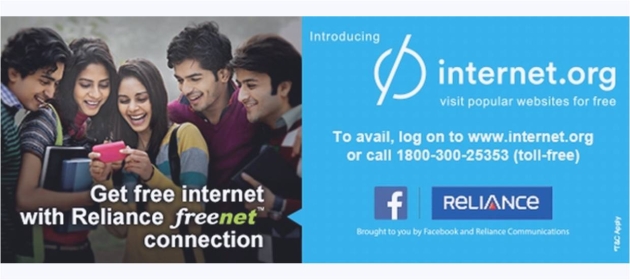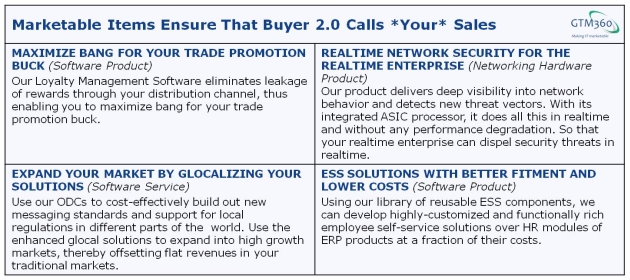“B2B customers complete 57% of their purchasing decision before contacting sales.”
This is easily the most frequently quoted line in B2B sales and marketing in recent times.
Ever since CEB Marketing Leadership Council released this finding in its HBR article in mid 2012,
- Some startup CEOs have questioned the need for sales
- A few have even publicly avowed to never hire another salesperson
- Some sales reps have stopped prospecting and started waiting for the prospect to call them.
I’m sure CEB never intended any of this to happen, so its famous statement must also be one of the most highly misunderstood ones in B2B sales and marketing.
The danger with these misguided actions is that you’ll lose the deal without even knowing about it because your prospect will call your competitor’s salesperson whenever they eventually contact a supplier.
To understand why, let’s look at the steps in a typical B2B technology purchase process:
- Have pain
- Acknowledge need to solve pain
- Explore alternative solutions to fulfill need
- Decide on one solution
- Create a longlist of 10 suppliers for selected solution
- Carry out preliminary analysis of 10 offerings to arrive at shortlist of 3 vendors
- Conduct deep dive evaluation of shortlisted vendors
- Select one vendor and conduct negotiations
- Contract with selected vendor.
Before the Internet, the prospect would contact multiple suppliers at Step 3 and talk to their salespersons to learn about the various options available in the market and assess how the different solutions addressed their needs. (For the moment, I’m ignoring the small minority of prospects who used to employ consultants – think Capacity Planning Group of TCS – and complete Steps 3 through 5 without contacting a supplier even in the good old days.)
Now, in the world of Internet, prospects can access a treasure trove of information, and complete steps 3 through 6 by themselves. The empowered Buyer 2.0 will need to contact vendors only at Step 7 – and only the 3 shortlisted ones, not all ten of them.
As a result, steps 3 through 6 have become a blindzone for sales in the world of Buyer 2.0.
Suppliers who get blindsided by it will get excluded from the prospect’s shortlist without even being given the opportunity to make their pitch. In other words, they will lose the deal without even knowing about it. As McKinsey warns sales reps in Do you really understand how your business customers buy?:
Customers may be “liking” or “not liking” a prospective offer long before the sales rep has even presented it.
To escape this fate, salespersons need to navigate the blindzone successfully. Waiting for the prospect to contact them is not a great way of doing that.
One way to escape the blindzone is to reach out to prospects earlier than before.
We know this approach works based on our experience of working with several B2B technology companies. Its efficacy is also supported by research:
- According to McKinsey, “two-thirds of B2B deals are lost before a formal RFP process even begins.”
- CEB itself says, “To win a deal, you’ve got to get ahead of the RFP.”
Rockstar sales reps used to engage with prospects very early even in the good old days. I know one veteran B2B sales manager who used to tell his team over two decades ago, “if you get an RFQ without knowing about it in advance, you’ve already lost the order”.
But, in the new era of Buyer 2.0, every sales rep needs to engage with prospects earlier than before.
CEB defines “earlier than before” as the stage when prospects have “emerging needs” i.e. when their requirements are not fully crystallized.
In a follow-on post, I’ll walk through a case study of how a B2B technology vendor successfully navigated the sales blindzone. Spoiler Alert: The conventional “solution selling” approach doesn’t work.



